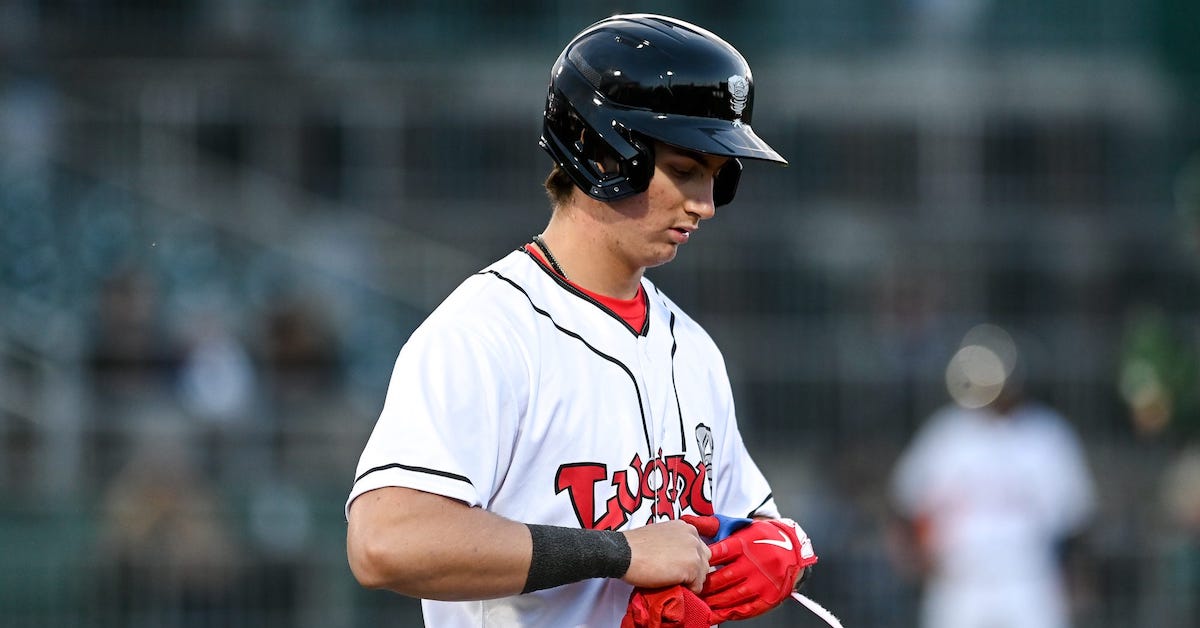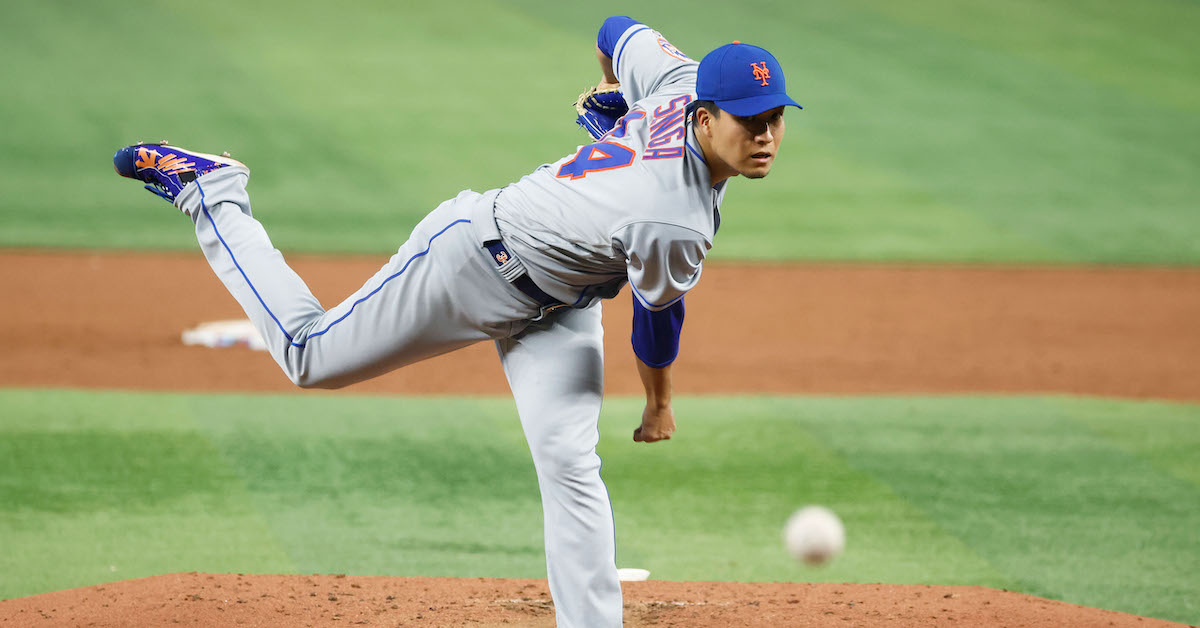Oneil Cruz Slides Onto the Injured List

The Pirates are off to a surprisingly hot start, winning six of their first 10 games and sitting in second place in the NL Central. But that fair weather cloud has a dark lining, as the team’s young shortstop, Oneil Cruz, landed on the injured list on Monday with a fractured ankle. While Cruz’s injury was (thankfully) well below Jason Kendall’s broken ankle running to first in 1999 on the gruesomeness scale, it was enough to require Sunday night surgery. The early timetable for Cruz indicates that his 2023 season isn’t necessarily finished, but it’ll likely be four months, or sometime in mid-August, until he’s likely to be back in playing form.
Cruz’s injury came on a literal bang-bang play, one which led to some fisticuffs, or at least some minor shoveicuffs. With runners on the corners and no outs in a 1–0 game in the sixth, Ke’Bryan Hayes hit a bouncer off of White Sox starter Michael Kopech. Yoán Moncada at third was shallow enough that trading a run for a double play wasn’t really possible; the play at home was the easier one. What exactly happened is a minor controversy, but the basic facts are that after running on the outside of the foul line, Cruz took an inside line as he approached the plate, appeared to stumble on the dirt, and careened into catcher Seby Zavala knees first.
I don’t get the impression from the play that Cruz intended to take out Zavala; if you were going for the 1970s-style demolition derby smash that looked great on highlight packages and poor in CT scans, you don’t intentionally put on the brakes and then kind of fall into the catcher clumsily. You don’t see a lot of NFL coaches advising their linebackers to tackle with their knees. Zavala was mic’d up and instantly offered a few not-so-minced oaths, but from his point of view, it’s hard to blame him. From his perspective in the heat of the moment, a runner altered his path slightly to make contact, even though he left space for a good slide, and practically groined him with a couple of knees. It wasn’t quite as bad a slide attempt as Adley Rutschman‘s Tekken-style spin kick into Christian Arroyo’s head, but it was up there. Carlos Santana then came out to have words with Zavala, which resulted in the benches emptying. Control of the situation was restored quickly, however, and we had no Royal Rumble-style brawling. I’m not here to judge behavior, though, at least unless you vote Szymborski to be the Grand Inquisitor of Baseball in the 2024 election. Read the rest of this entry »








